Jade Plant: [Cultivation, Irrigation, Associations, Pests and Diseases]
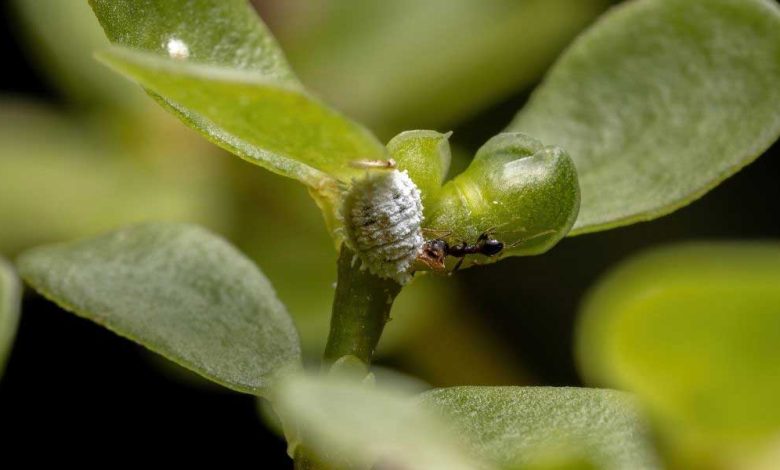
Important points when sowing Jade Plant
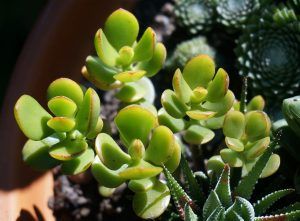 Where to sow? Half shade. It does not need direct sunlight.
Where to sow? Half shade. It does not need direct sunlight.- When? In spring.
- How do we prepare the land? Removed, removing weeds. With sand and perlite substrate with some fertilizer for succulent plants.
- How do we water? With drip.
- How often do we water? In summer once a week or when the substrate is completely dry. Rest of the year little irrigation.
- Plagues and diseases? Mealybugs and insects including the red spider. Mushrooms.
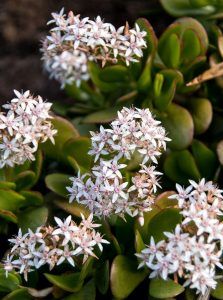 The jade plant, Crassula ovata, can be found in many places on the planet, although its origin must be sought in southern Africa .
The jade plant, Crassula ovata, can be found in many places on the planet, although its origin must be sought in southern Africa .
It is a species of the succulent type of evergreen that is characterized by having a strong stem that can grow until it becomes woody and jade-green leaves, which gives it its popular name.
Curiously, these leaves grow in opposite pairs along the stem and branches and, under the right conditions, jade can bear white flowers that appear from early fall to early winter.
According to popular belief, this plant attracts fortune and riches to those who possess it. What is proven is that it is one of the plants that most help to purify the air inside buildings, and also to maintain a healthier atmosphere.
When to sow the Jade plant?
The jade plant reproduces easily both by branch and leaf cuttings. It is recommended that the reproduction by cuttings be carried out in spring, although in temperate climates it can be carried out practically all year round.
Where to do it?
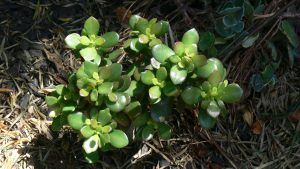 The jade plant needs to be located in a place where it has at least 4 hours of light a day.
The jade plant needs to be located in a place where it has at least 4 hours of light a day.
It is a plant that does not tolerate direct exposure to the sun well. When this happens, their leaves end up burning and falling off.
Before this happens, they usually show pinkish colorations, especially in the final part of the leaves.
How to prepare the land?
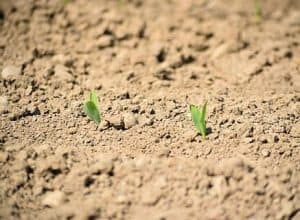 The soil for the jade plant should not be the common compost type because it is too heavy for it to take root.
The soil for the jade plant should not be the common compost type because it is too heavy for it to take root.
Mixing soil with a combination of sand, perlite, and some type of fertilizer can be beneficial for jade.
And, although the soil can be poor and even rocky, a loose, sandy, well-drained soil does fantastic. It is also recommended to use a clay pot instead of a plastic pot.
Make sure the pot has a drainage hole at the bottom where water can escape. Jade plants do not need a lot of space. Therefore, if a small cutting is grown, a small pot can be used.
Some horticultural experts recommend changing the soil every two to four years. Although the plant can be left in the same pot for several years, as long as care is taken with irrigation.
The soil can also be changed every two to four years which will allow the roots to be inspected for any damage or decay. Also, providing it with some fresh soil will allow it to continue to grow.
How do we water the Jade plant?
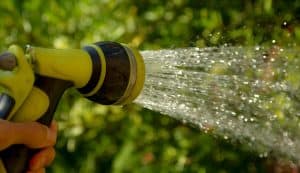 The jade plant needs little humidity and should only be watered once a week, when the substrate is dry.
The jade plant needs little humidity and should only be watered once a week, when the substrate is dry.
On the other hand, it is advisable to soak the plant in water once a month for 2 minutes. It is also advisable to add a water-soluble fertilizer once a month, depending on the dosage of the product.
In winter, it can be watered about once a week. However, when in doubt, it will always be better not to water than to overdo it.
How do we plant a Jade plant step by step?
To reproduce the jade plant, a much simpler option is through cuttings.
- Cut a branch or cutting from the plant and put it in water for two or three days.
- Transplant, after that time, although the branch-
- Sow in a pot with plenty of soil and, if possible, with organic humus,
- Water it abundantly at the time of planting.
- Then proceed to water with the normality of an adult jade plant.
- Locate the small plant in a sunny place but not directly exposed to the sun’s rays.
- In three to four weeks, new shoots will sprout from the top of the plant. This is a good sign that the plant has successfully taken root.
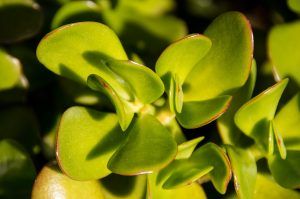 This process can be slow, like the growth of the jade plant itself. However, if done well, after two or three months, you will see that the plant begins to grow at a faster rate.
This process can be slow, like the growth of the jade plant itself. However, if done well, after two or three months, you will see that the plant begins to grow at a faster rate.
Jade plants are very hardy and easy to keep alive, so don’t worry too much about getting the temperature right. They can be kept in a place at room temperature.
What favorable associations does it have?
The association of crops of compatible plants produces benefits with respect to their cultivation separately, in addition to the use of light, water and/or nutrients.
The jade plant is a succulent that absorbs a lot of water, so it would be very inconvenient to plant it in association with another that could steal water and nutrients.
What pests and diseases attack the Jade plant?
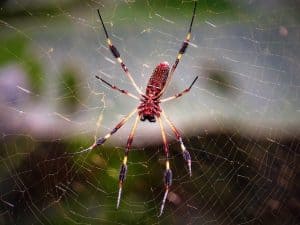 The jade plant is quite resistant to pests and diseases, but it can be attacked by mealybugs.
The jade plant is quite resistant to pests and diseases, but it can be attacked by mealybugs.
In this case, it is necessary to rub the leaves of the plant with a little alcohol and a cotton swab to remove the mealybugs.
Sometimes in jades, the presence of insects is also manifested and for this it is necessary to pay attention to the white, small and spongy deposits on the leaves.
These deposits are a sign that there are insects. Additionally, a magnifying glass can be used to identify spider mites, which are too small to see with the naked eye. There is also a need to be very careful with the risks that can generate fungi in the plant.
Bibliography and references
- My First Knowledge Encyclopedia. Snake plants and conservation. Published by Grolier Incorporated. New York, 1961. Pages 80-81.


![Photo of Electric Flower: [Cultivation, Care, Irrigation, Substrate and Pests]](https://www.complete-gardening.com/wp-content/uploads/2022/08/electric-flower-cultivation-care-irrigation-substrate-and-pests-390x220.jpg)
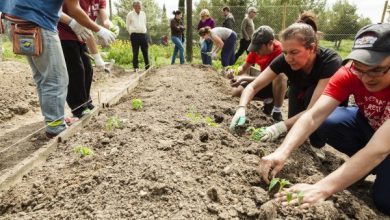
![Photo of Caring for Indoor Plants: [Pruning, Light, Substrate and Humidity]](https://www.complete-gardening.com/wp-content/uploads/2022/08/caring-for-indoor-plants-pruning-light-substrate-and-humidity-390x220.jpg)